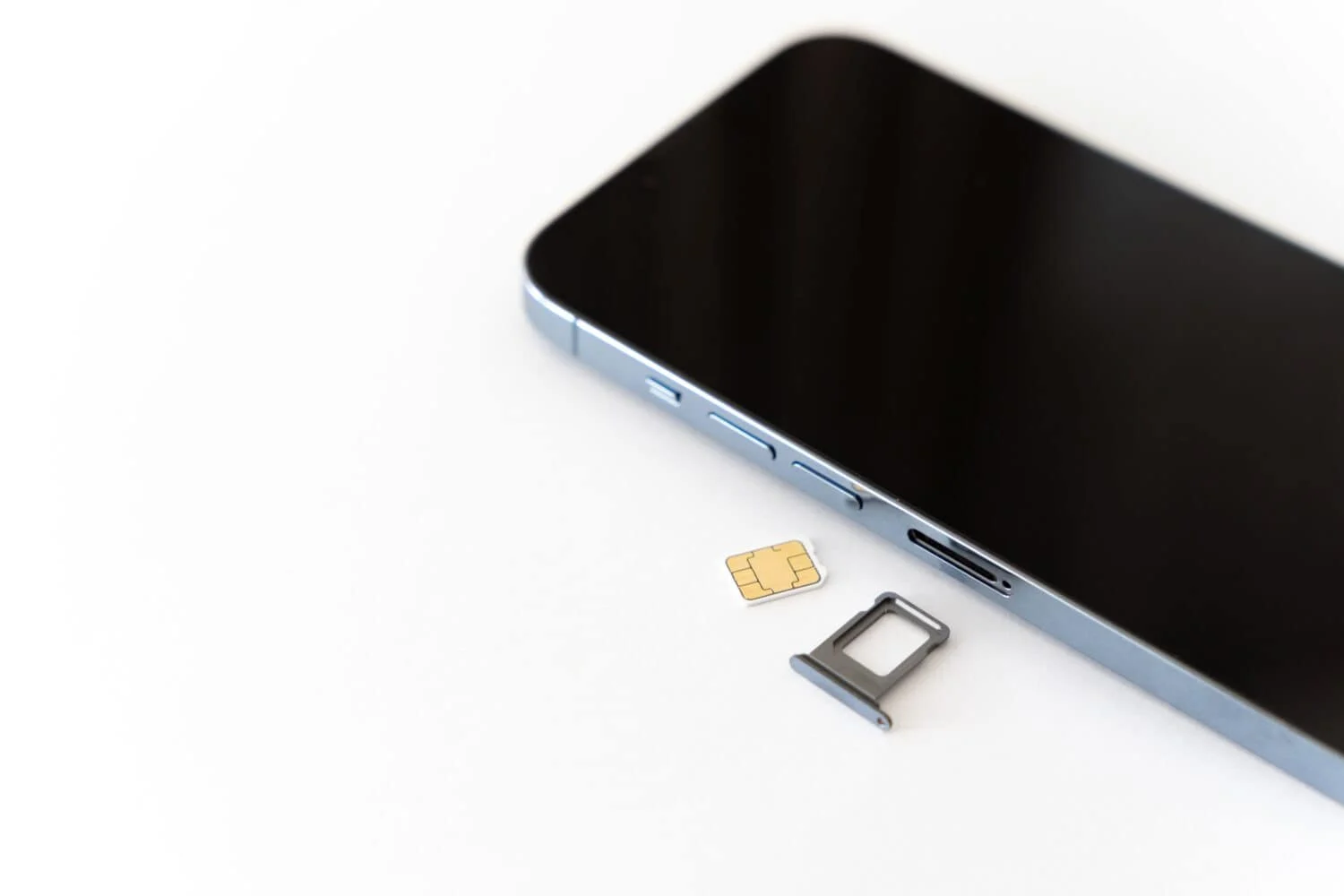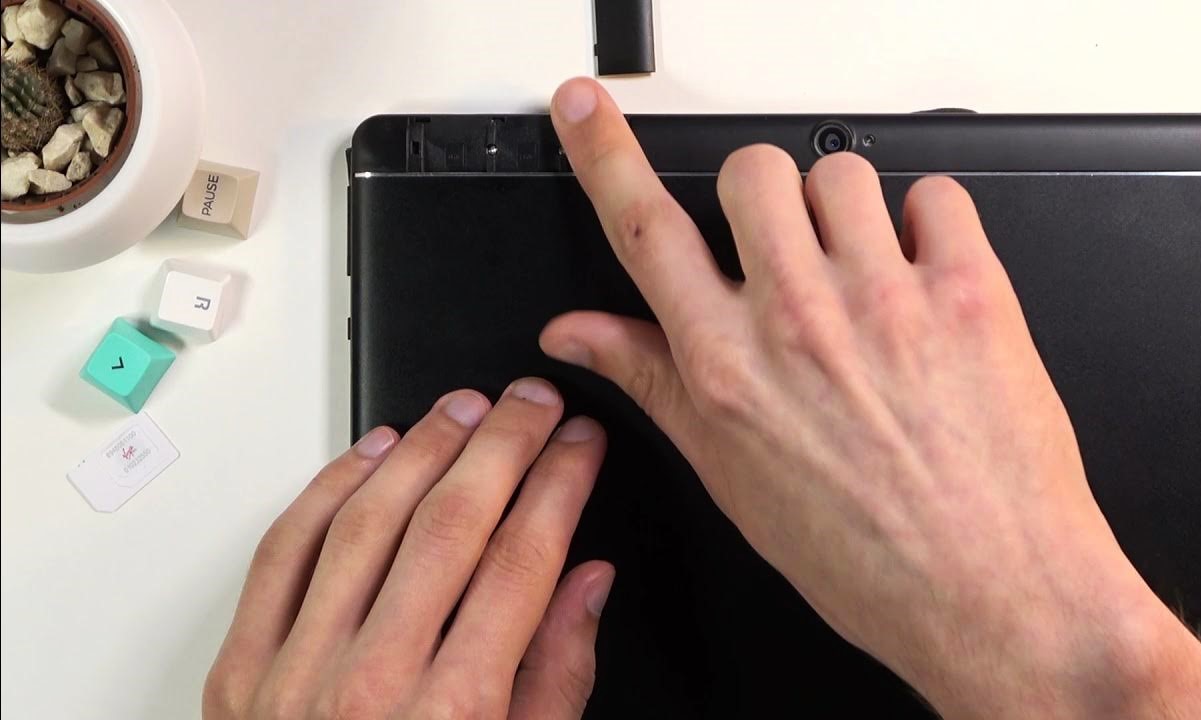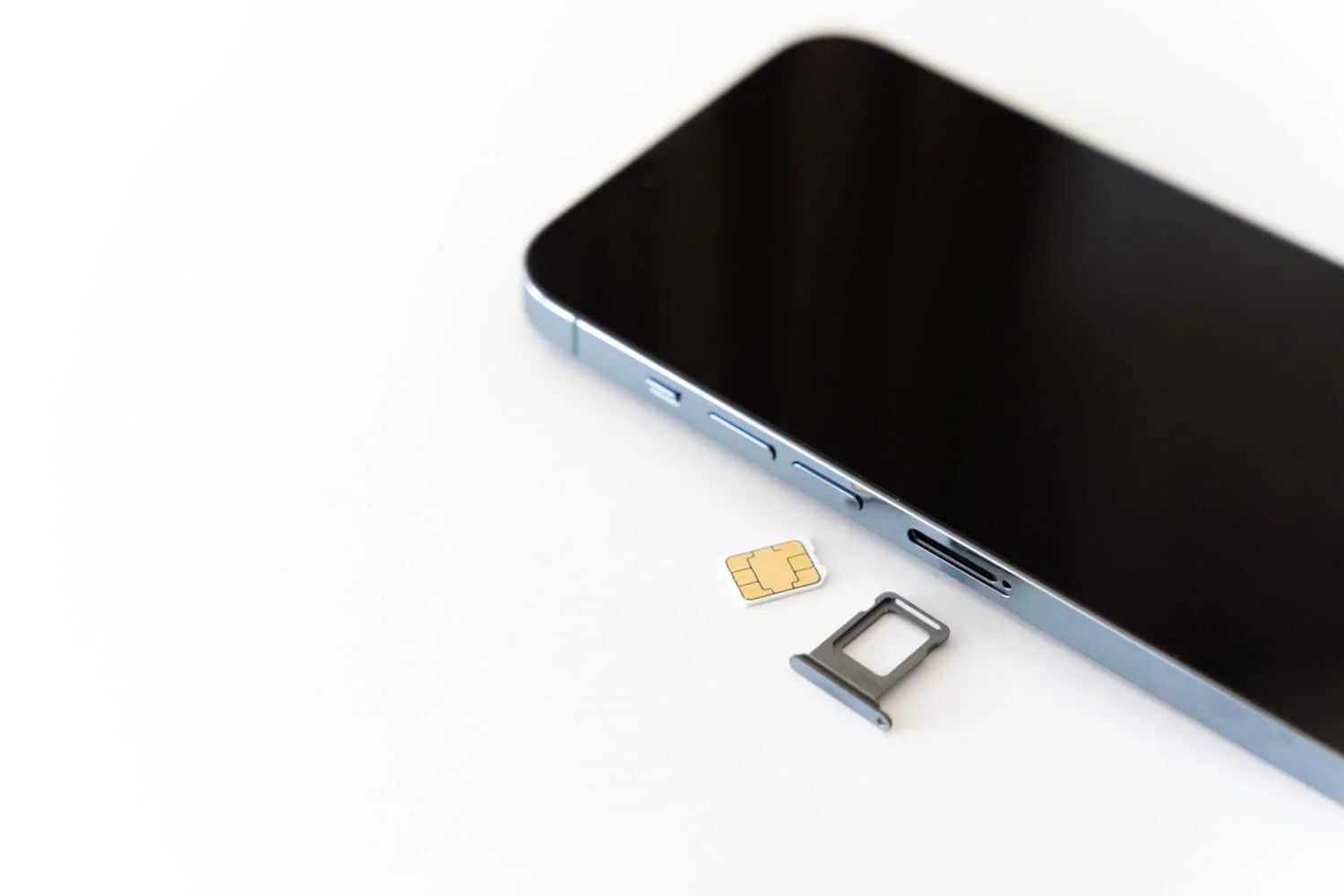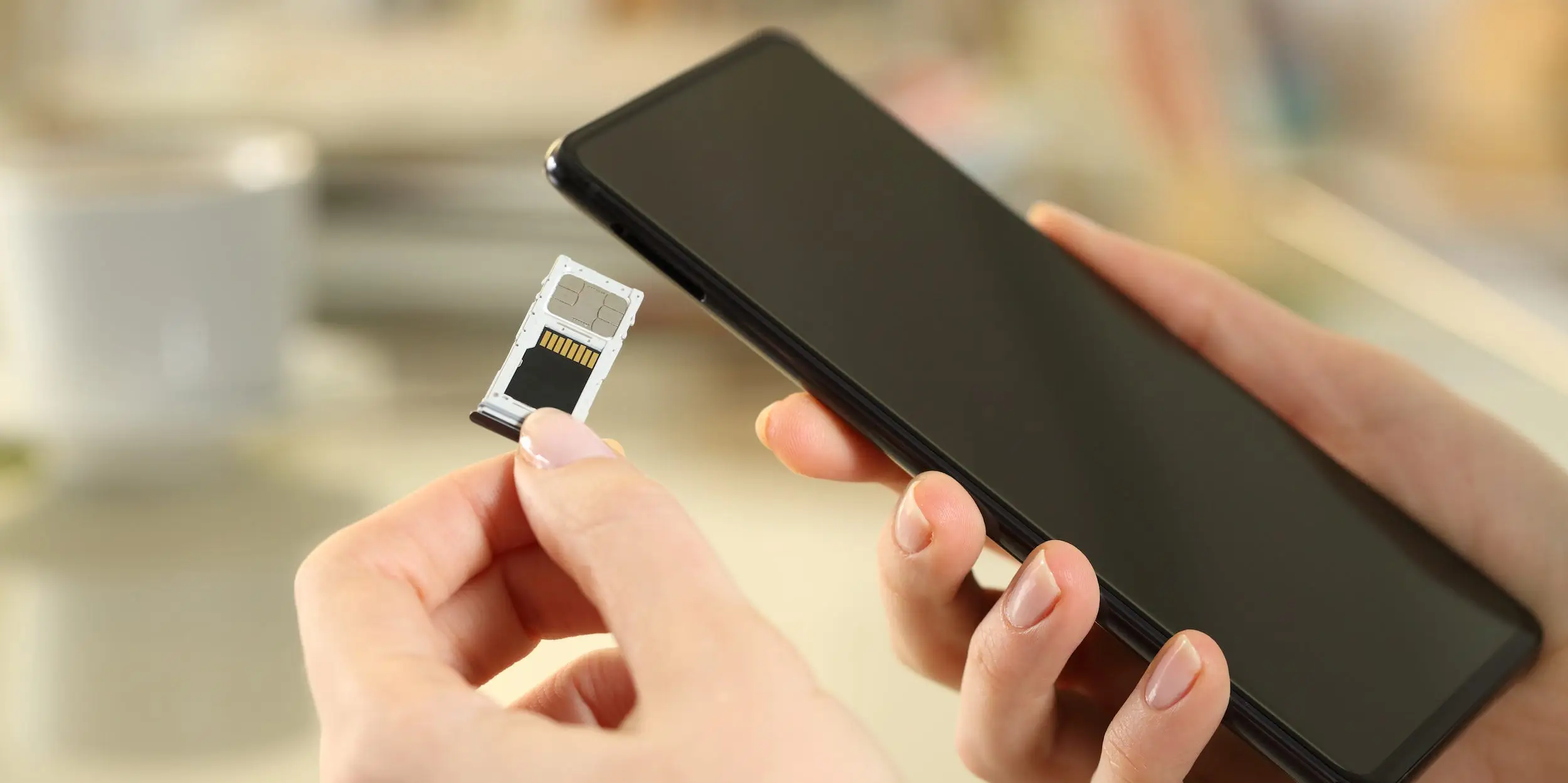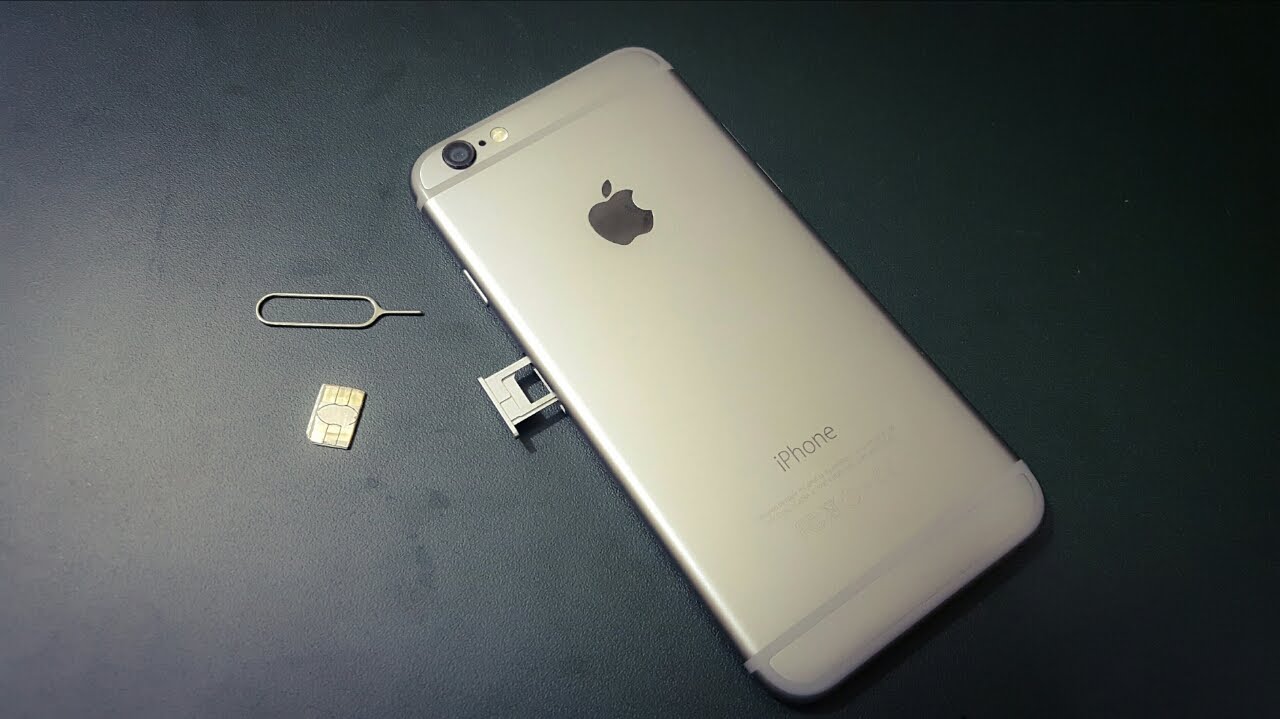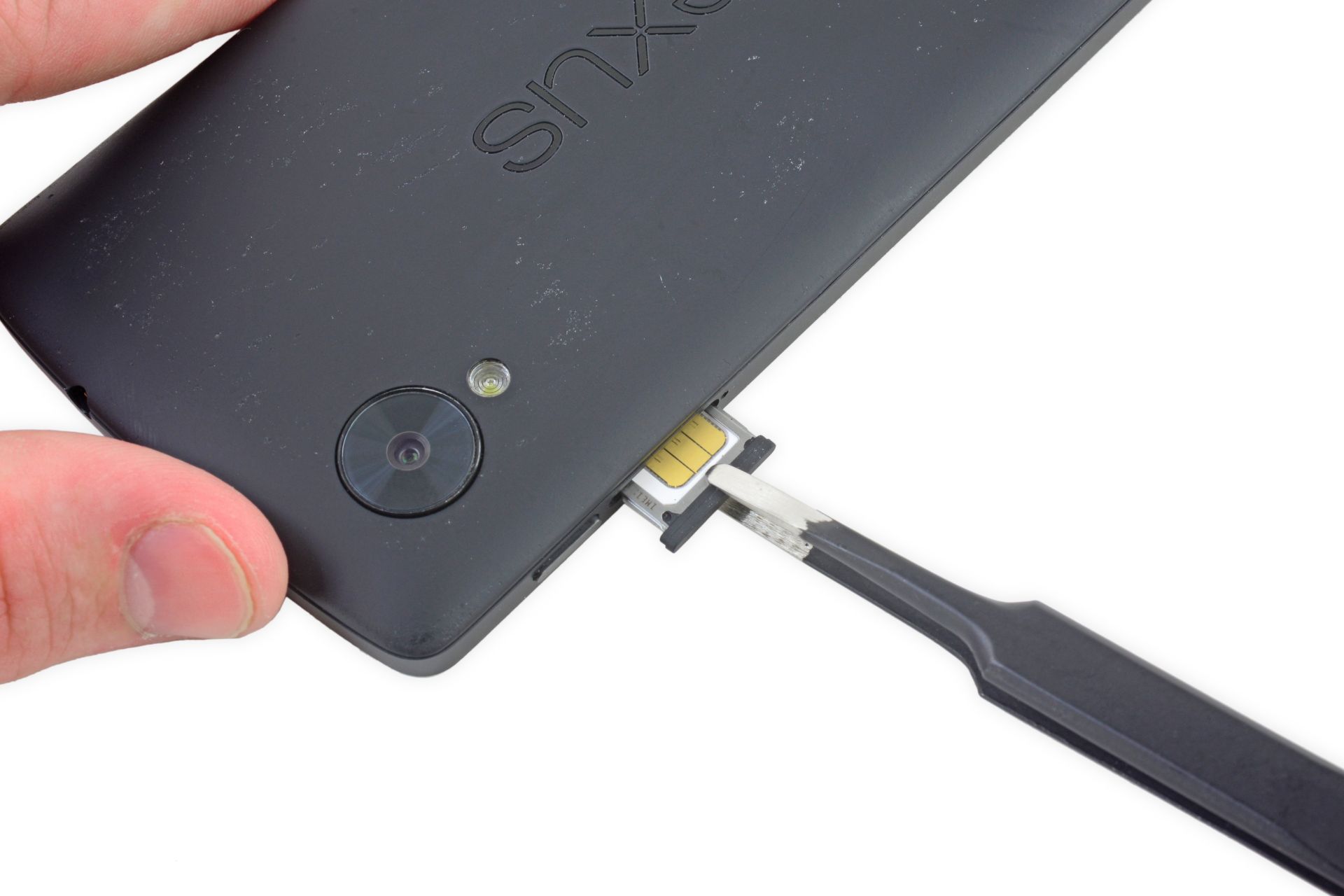Introduction
In today's hyperconnected world, mobile devices have become an indispensable part of our daily lives. From staying in touch with loved ones to accessing a wealth of information at our fingertips, the reliance on smartphones and tablets is ever-present. However, there are instances when it becomes necessary to temporarily disconnect from the mobile network by turning off the SIM card. This action effectively prevents the device from sending or receiving calls, messages, or data over the cellular network.
The process of turning off a SIM card varies across different devices, and it is essential to understand the steps involved to ensure a seamless experience. Whether it's for privacy reasons, travel considerations, or simply to take a digital detox, knowing how to turn off your SIM card can be a valuable skill in navigating the intricacies of modern mobile technology.
In this comprehensive guide, we will delve into the reasons for turning off your SIM card, provide detailed instructions for different devices, offer tips for travelers, and highlight precautions to take when executing this action. By the end of this article, you will have a thorough understanding of the process, empowering you to make informed decisions about managing your mobile connectivity.
Let's embark on this journey to demystify the process of turning off your SIM card and explore the practical considerations that come with this essential aspect of mobile device management.
Reasons for Turning Off Your SIM Card
Turning off your SIM card can be a deliberate and beneficial decision in various scenarios. Understanding the reasons behind this action can help you make informed choices about managing your mobile connectivity. Here are some compelling reasons to consider turning off your SIM card:
-
Privacy and Security: When you need to ensure absolute privacy or security, turning off your SIM card can be a prudent measure. By disconnecting from the mobile network, you prevent the possibility of unauthorized access to your device or sensitive information. This can be particularly relevant in situations where you want to minimize the risk of tracking or surveillance.
-
Digital Detox and Unplugging: In today's fast-paced digital age, it's increasingly important to take breaks from constant connectivity. Turning off your SIM card allows you to disconnect from the distractions of incoming calls, messages, and notifications, providing a valuable opportunity to recharge and focus on other aspects of life.
-
Traveling Abroad: When traveling to a different country, especially if you're not planning to use your mobile device, turning off your SIM card can prevent unexpected roaming charges. By deactivating the SIM card, you avoid incurring costly fees for international usage and ensure that your device operates solely on Wi-Fi, if needed.
-
Device Maintenance and Troubleshooting: In certain situations, such as troubleshooting network-related issues or performing maintenance on your device, turning off the SIM card can be a necessary step. This action allows you to isolate the device from the mobile network, facilitating diagnostic processes and potential resolution of connectivity issues.
-
Enhanced Focus and Productivity: Turning off your SIM card can serve as a deliberate strategy to minimize distractions and enhance focus, particularly during important tasks or periods of deep concentration. By disconnecting from the mobile network, you create a conducive environment for productivity and undisturbed work.
-
Emergency Situations: While it may seem counterintuitive, turning off your SIM card can be a proactive measure in certain emergency scenarios. By disconnecting from the mobile network when not in use, you conserve battery life and ensure that your device remains operational when needed most.
By understanding these compelling reasons for turning off your SIM card, you can approach this action with clarity and purpose, leveraging the benefits it offers in various aspects of your digital lifestyle.
How to Turn Off Your SIM Card on Different Devices
Turning off the SIM card on different devices involves specific steps tailored to the operating systems and device models. Below, we explore the methods for turning off the SIM card on popular devices, encompassing both smartphones and tablets.
iOS Devices (iPhone and iPad)
-
iPhone: To turn off the SIM card on an iPhone, start by accessing the "Settings" app. Scroll down and select "Cellular" or "Mobile Data," depending on the iOS version. Next, tap on "SIM PIN" and disable it if it's currently enabled. Then, navigate to the "Cellular Data Options" and switch off "Enable LTE." Finally, turn on the "Airplane Mode" to effectively disconnect from the cellular network.
-
iPad: For iPad models with cellular capabilities, the process is similar to the iPhone. Access the "Settings" app, select "Cellular Data," and disable the "Enable LTE" option. Then, activate the "Airplane Mode" to disconnect from the cellular network.
Android Devices
-
Samsung Galaxy: On Samsung Galaxy devices, including popular models like the Galaxy S series and Note series, turning off the SIM card involves accessing the "Settings" app. Navigate to "Connections" or "Network & Internet," then select "Mobile Networks." From there, you can disable the "Mobile Data" and enable "Airplane Mode" to turn off the SIM card.
-
Google Pixel: For Google Pixel devices, accessing the "Settings" app is the first step. Select "Network & Internet," then tap on "Mobile Network." Here, you can disable the "Mobile Data" and activate "Airplane Mode" to effectively turn off the SIM card.
Other Devices
-
Windows Phone: On Windows Phone devices, go to the "Settings" app and select "Network & Wireless." From there, choose "Cellular & SIM" and disable the "Data Connection." Then, activate the "Flight Mode" to disconnect from the cellular network.
-
Tablets: For tablets with cellular capabilities, such as the iPad or Android tablets, the process typically mirrors that of smartphones. Access the device's settings, disable mobile data, and activate airplane mode to turn off the SIM card.
By following these device-specific steps, users can effectively turn off the SIM card, disconnecting from the cellular network and managing their mobile connectivity as needed.
This comprehensive guide provides a clear understanding of the process involved in turning off the SIM card on different devices, empowering users to navigate their mobile connectivity with confidence and ease. Whether it's for privacy, travel, or device maintenance, the ability to manage the SIM card effectively is a valuable skill in optimizing the mobile experience.
Tips for Turning Off Your SIM Card When Traveling
When embarking on a journey, whether for business or leisure, managing your mobile connectivity becomes crucial, especially when it comes to turning off your SIM card. Here are some valuable tips to consider when turning off your SIM card during your travels:
-
Understand Roaming Charges: Before your trip, familiarize yourself with the potential roaming charges associated with using your mobile device abroad. Turning off your SIM card can prevent unexpected fees, providing peace of mind while traveling.
-
Utilize Wi-Fi: When turning off your SIM card during travel, leverage Wi-Fi networks available at your destination. This allows you to stay connected for essential communication while avoiding international roaming charges.
-
Local SIM Card: Consider purchasing a local SIM card at your destination. This enables you to have a local phone number and access to affordable data and calling plans, offering a cost-effective alternative to international roaming.
-
Backup Important Data: Before turning off your SIM card, ensure that all essential contacts, messages, and other data are backed up securely. This ensures that you can access critical information even when disconnected from the mobile network.
-
Notify Contacts: Inform your important contacts about your temporary disconnection by turning off your SIM card. This prevents confusion or concern when they are unable to reach you through regular means, allowing for alternative communication channels if necessary.
-
Activate Airplane Mode: In addition to turning off your SIM card, consider activating Airplane Mode on your device. This action disables all wireless communication, including cellular, Wi-Fi, and Bluetooth, conserving battery life and minimizing potential network-related issues.
-
International Calling Apps: Install and set up international calling apps before turning off your SIM card. These apps utilize Wi-Fi or data connections to make calls, providing a convenient communication option while traveling without incurring traditional call charges.
-
Check Device Compatibility: If you plan to use a local SIM card, ensure that your device is compatible with the network frequencies and technologies prevalent at your destination. This prevents potential connectivity issues when switching to a different SIM card.
By implementing these tips, you can effectively manage your mobile connectivity when turning off your SIM card during travel, ensuring a seamless and cost-effective communication experience while exploring new destinations.
Precautions to Take When Turning Off Your SIM Card
When considering the action of turning off your SIM card, it's essential to approach the process with a mindful consideration of the potential implications and necessary precautions. This proactive approach can help mitigate any unforeseen challenges and ensure a smooth transition when disconnecting from the mobile network. Here are the crucial precautions to take when turning off your SIM card:
Data Back-Up and Synchronization
Before turning off your SIM card, it's prudent to back up and synchronize essential data stored on your device. This includes contacts, messages, and any other critical information that may be tied to the SIM card. By ensuring that your data is securely backed up, you can avoid the risk of losing important information during the disconnection process.
Verify Service Provider Policies
Check with your service provider to understand any specific policies or implications associated with turning off your SIM card. Some providers may have guidelines or considerations related to temporary deactivation, international usage, or potential impacts on service contracts. Being aware of these details can help you make informed decisions and avoid any unintended consequences.
Device Compatibility and Functionality
Consider the compatibility of your device with the SIM card deactivation process. Certain features or functionalities may be tied to the SIM card, such as two-factor authentication or specific network settings. Verifying the impact of turning off the SIM card on your device's functionality can prevent unexpected disruptions in services or applications.
Communication Alternatives
When turning off your SIM card, ensure that alternative communication methods are readily available. This can include using messaging apps, email, or other internet-based communication platforms to stay connected. Informing your contacts about the temporary disconnection and providing alternative means of reaching you can help maintain seamless communication during the SIM card deactivation period.
Regulatory and Legal Considerations
Be mindful of any regulatory or legal requirements related to SIM card deactivation, especially when traveling internationally. Different regions may have specific regulations governing mobile device usage and SIM card management. Adhering to these guidelines can help you avoid potential compliance issues or legal implications.
Battery and Power Management
Optimize your device's battery and power management settings before turning off the SIM card. This includes ensuring that the device is adequately charged and that power-saving features are activated. By taking these precautions, you can minimize the impact of the SIM card deactivation on your device's overall functionality and battery life.
By embracing these precautions, individuals can navigate the process of turning off their SIM card with confidence and foresight, ensuring a seamless experience while managing their mobile connectivity.
Conclusion
In the ever-evolving landscape of mobile technology, the ability to manage one's connectivity effectively is a valuable skill. The process of turning off a SIM card, while seemingly straightforward, encompasses a range of considerations and practical implications. This comprehensive guide has shed light on the reasons for turning off a SIM card, provided detailed instructions for different devices, offered valuable tips for travelers, and highlighted crucial precautions to take when executing this action.
By understanding the compelling reasons for turning off a SIM card, individuals can make informed decisions that align with their privacy, security, and digital well-being. Whether it's for taking a digital detox, traveling abroad, or enhancing focus and productivity, the ability to disconnect from the cellular network empowers users to navigate their digital lives on their terms.
The detailed instructions for turning off the SIM card on different devices, spanning iOS, Android, Windows Phone, and tablets, offer practical insights for users across various platforms. By following these device-specific steps, individuals can confidently manage their mobile connectivity, ensuring a seamless transition when disconnecting from the mobile network.
Travelers, in particular, can benefit from the valuable tips provided in this guide, enabling them to make informed decisions about turning off their SIM card while exploring new destinations. From understanding roaming charges to leveraging local SIM cards and communication alternatives, these tips empower travelers to stay connected effectively while managing costs and connectivity.
Moreover, the highlighted precautions underscore the importance of approaching the process of turning off a SIM card with mindfulness and foresight. By addressing data backup, service provider policies, device compatibility, communication alternatives, regulatory considerations, and power management, individuals can navigate the SIM card deactivation process with confidence and preparedness.
In essence, the ability to turn off a SIM card represents a conscious choice to manage one's mobile connectivity in alignment with personal preferences, travel needs, and digital well-being. By embracing the insights and practical guidance presented in this comprehensive guide, individuals can navigate the process of turning off their SIM card with clarity, confidence, and a proactive mindset, ensuring a seamless and empowered mobile experience.









